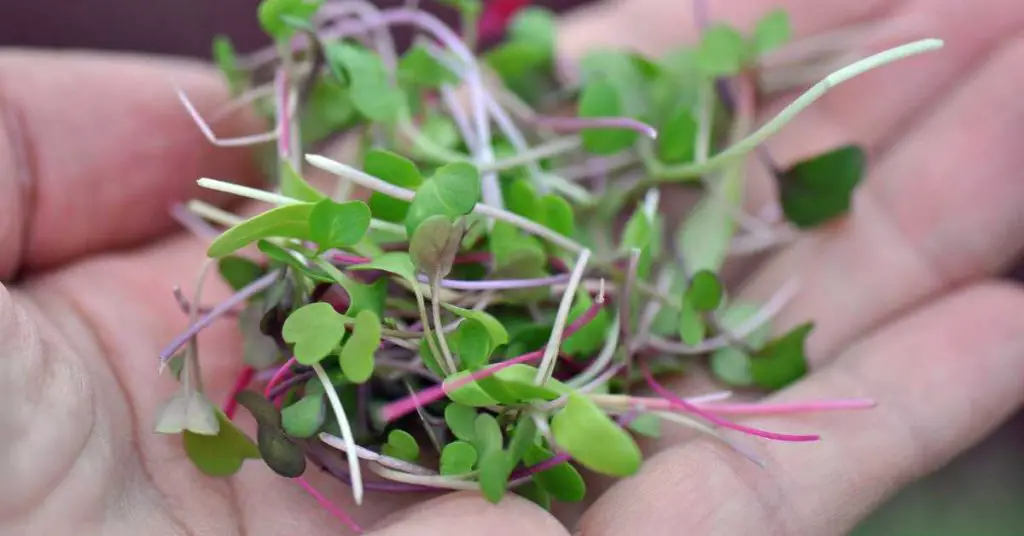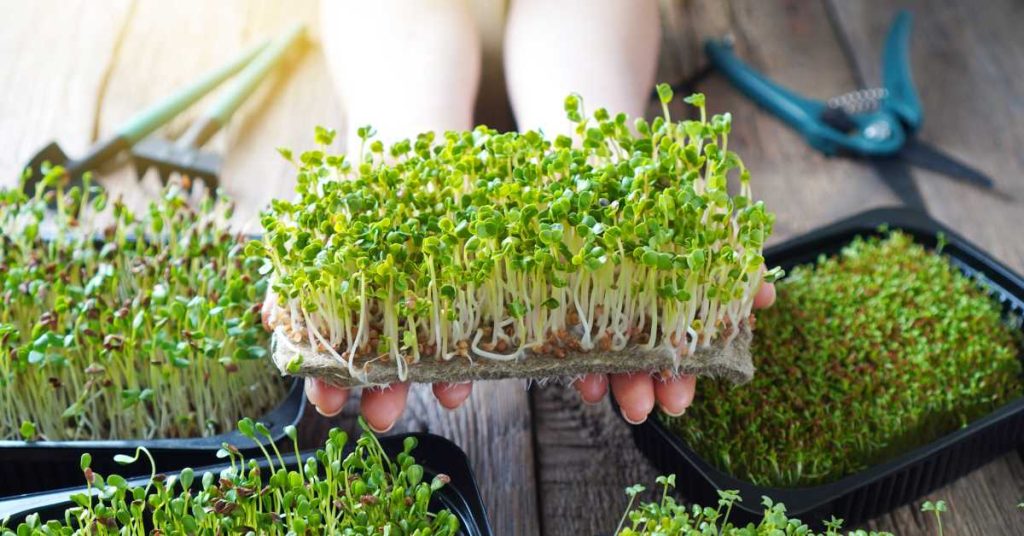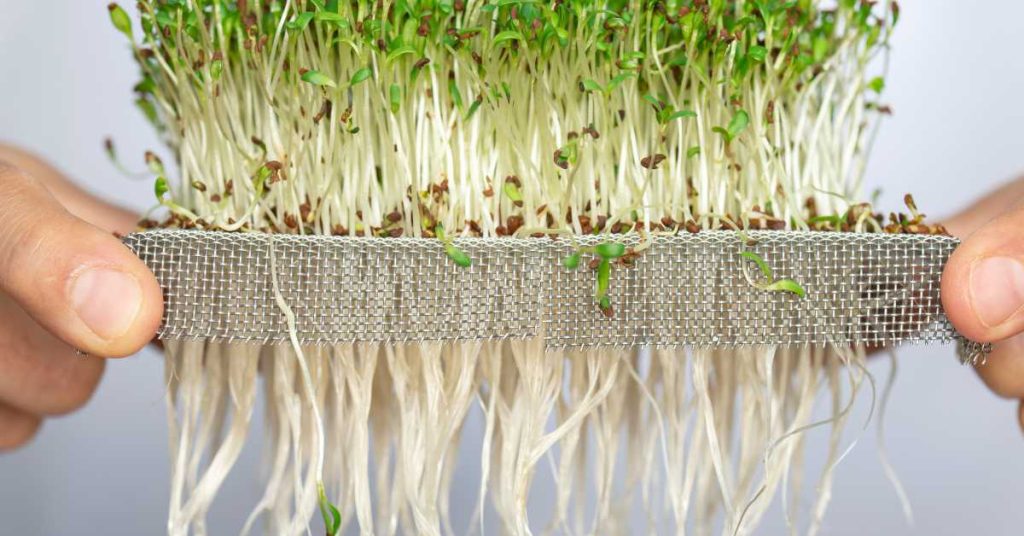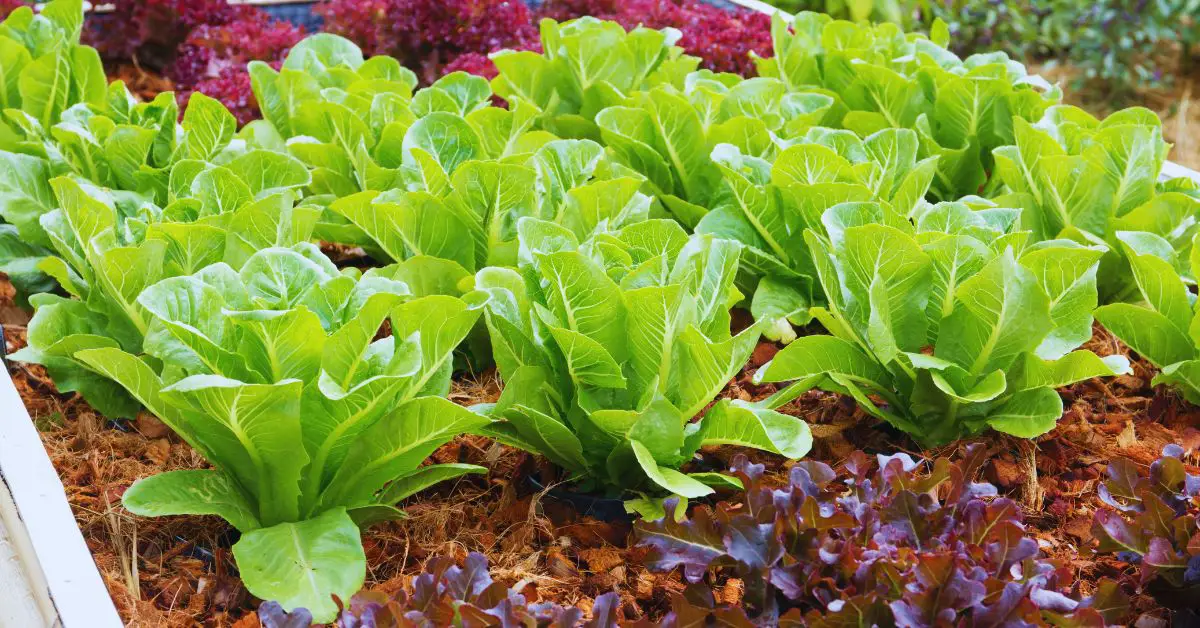Are Microgreen Seeds Different from Regular Seeds?
Are microgreen seeds different from regular seeds? No, microgreen seeds are not different than regular seeds. The seeds sprout and the plants are simply harvested at an earlier stage of growth when they are smaller and have a more delicate flavor. This is why they are more expensive than regular seeds – it takes more time and labor to harvest them.
When it comes to gardening, there are many different types of seeds that you can choose from. You might be wondering if microgreen seeds are any different from regular seeds.
In this blog post, we will discuss the differences between microgreen seeds and regular seeds. We will also talk about the benefits of using microgreen seeds for your garden!
Why Grow Microgreens?
Microgreens are incredibly good for you and packed with nutrition. These vegetables, herbs, and flowers are harvested at a very young age, allowing them to retain many of their vital nutrients. They are typically harvested 7-14 days after germination and are often used in salads and garnishes because of their delicate flavor.

What Are Microgreen Seeds?
Microgreen seeds are just seeds of vegetables, herbs, leafy greens, and even flowers that are packaged and sold specifically for the use of growing microgreens.
Microgreen seeds are regular seeds from plants that are harvested at a very young age when they still have a high density of nutrition.
Are There Any Differences Between Microgreen Seeds vs Regular Seeds?
No, there are really no differences between microgreen seeds and regular seeds. However, microgreen seeds are usually more expensive because they are specially packaged for the use of growing microgreens.
Microgreens typically have a higher price tag when you buy them at your local supermarket or farmer’s market so the seed is marketed in a way that allows them to often charge more for the seed.
They Are Commonly Sold in Bulk
Another difference between microgreen seeds and regular seeds is that microgreen seeds are usually sold in bulk. This is because the cost of buying multiple packs of seeds can become costly over time, so many people choose to purchase their microgreen seeds in bulk instead.
They Tend to Be More Expensive
Finally, microgreen seeds tend to be more expensive than regular seeds. This is because they are specially packaged and sold for the use of growing microgreens.
But, in addition to that these seeds do need to have a higher germination rate so they tend to be fresher seeds that improve upon germination.
Why Are Microgreen Seeds More Expensive?
Microgreen seeds are more expensive usually because they are more specialized and are packaged in a way that allows them to charge more for the seed.
They are fresher, often have higher germination rates, and are sold in bulk – all of which increase the cost of microgreen seeds compared to regular seeds.
Can Regular Seeds Be Used to Grow Microgreens?
Yes, regular seeds can be used to grow microgreens. However, microgreen seeds are usually fresher and have a higher germination rate, so they are often the better choice when it comes to growing microgreens.
Which Seeds Can Be Used for Microgreens?
You can use a wide variety of different seeds to grow your own microgreens at home. The most common varieties are different kinds of greens, arugula, basil, beets, kale, radish, and sunflower.
Can Microgreen Seeds Be Used to Grow Plants in Your Regular Garden?
Yes, microgreen seeds can be used to grow plants in your regular garden. So, you can take the arugula seeds that you bought to grow microgreens and start them inside to grow outside. The seeds are essentially the same and will grow into mature plants if you let them develop.

Where Can I Buy Microgreen Seeds?
Microgreen seeds are available at many local nurseries and garden centers as well as through online retailers such as Amazon and eBay. You can also purchase them directly from seed companies such as Johnny’s Selected Seeds, Botanical Interests, and Gardeners Supply.
FAQs
Here are some common questions about microgreen seeds:
What Is the Healthiest Microgreen to Grow?
But out of all the available microgreens, pea shoots are one of the most common and healthiest options. They contain higher levels of fiber, omega-3 fatty acids, polyphenols, and other nutraceuticals compared to their non-microgreen counterparts.
Furthermore, pea shoots have excellent amounts of nutrients that are known to increase immunity. Whether on pizza or as a side salad, pea shoots offer tons of nutritional benefits that make them some of the best microgreens for anyone looking for an easy way to amplify their health game.
For a serving of 100 grams of pea shoots:
- 4 grams of protein
- 3 grams of fiber
- 280 micrograms of vitamin K
- 79 milligrams of vitamin C
- 340 micrograms of vitamin A
Are Sprouting Seeds and Microgreen Seeds the Same?
Yes, sprouting seeds and microgreen seeds are the same! In fact, many people use one type of seed for both. The primary difference between the two is the germination method which dictates how these seeds grow. Sprouted seeds are typically grown in water or a damp paper towel, while microgreen seeds need soil to grow properly.
In addition to the growing method, there are some types of seeds that are used more commonly for sprouting and some that are used more commonly for growing microgreens.
Despite their differences, both choices can result in fresh and much-desired greens! If you’re looking for a quick snack or garnish for your meal, sprout and microgreen seeds are excellent options.
Can I Use Regular Potting Soil for Microgreens?
Yes, you can use regular potting soil for microgreens, however, it’s important to make sure it’s light and holds moisture. There are mixes that are specifically made for microgreens which is typically a soil-less mix that primarily is made out of coco coir or peat moss with vermiculite and perlite mixed in to aid in drainage and water retention.
Can I Use Seed Starting Mix for Microgreens?
Yes, you can use a regular seed starting mix for growing microgreens as most seed starting mix is made from either coco coir or peat moss which is what you need. The mix needs to be light, and fluffy, and it doesn’t need any nutrients in the starting mix.
Do You Need to Soak Microgreen Seeds Before Planting?
You do not have to pre-soak microgreen seeds before planting on most varieties but there are some individual types or varieties that benefit from soaking. Sunflowers, beans, and other seeds with a harder seed shell will often benefit from soaking as it will loosen the shell of the seed.
Softening the shell will often times speed up germination in those plants with a hard shell.
Do You Need to Cover Microgreens with Soil?
No, it is not necessary to cover microgreen seeds with soil after spreading them onto your seed starting mix. You should spread out your seeds to the desired density and then lightly press them down.
After pressing them down, a lot of varieties of microgreen seeds will benefit from having another seed tray on top of them with some added weight. This helps to create good soil contact between the seeds and the starting mix.

Final Thoughts
Microgreens are a great way to add extra nutrition and flavor to your meals. Not only are they more nutritious than their larger-leafed counterparts, but microgreen seeds are also for the most part the same as regular seeds as well.
With pre-soaking, covering with soil, and the right potting mix all being important factors to consider when growing microgreens, it’s easy to see why they are so popular.
Whether you are looking for a garnish to top off your meal or a quick and healthy snack, microgreens are sure to provide the perfect solution.





